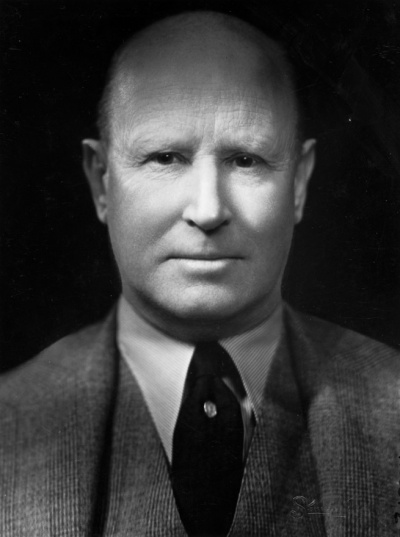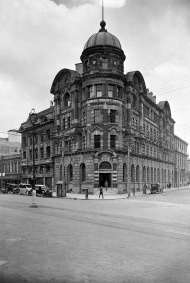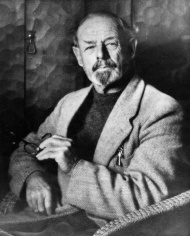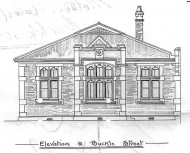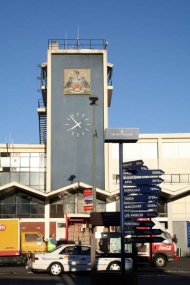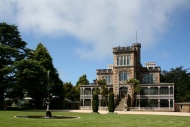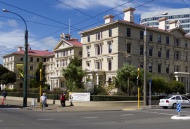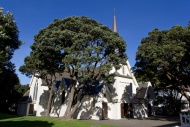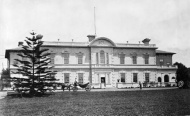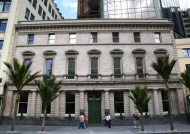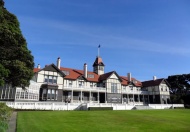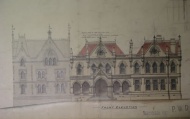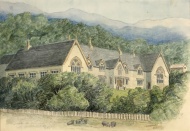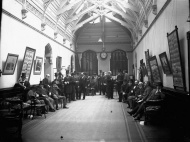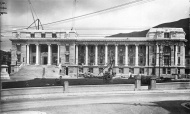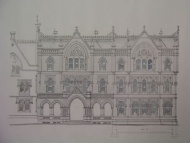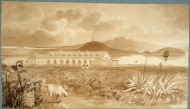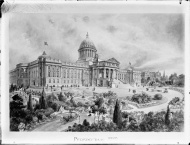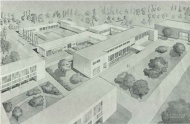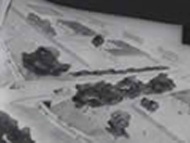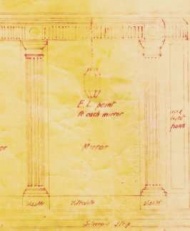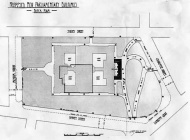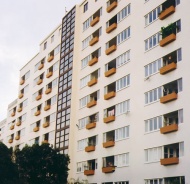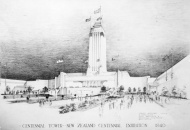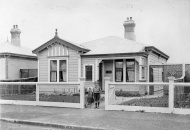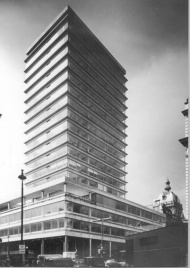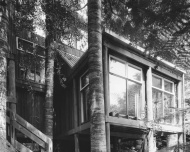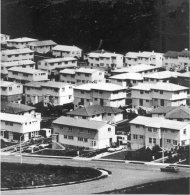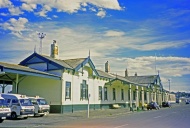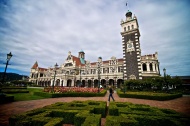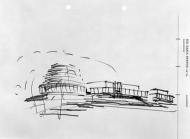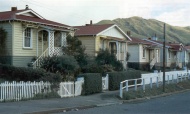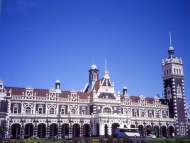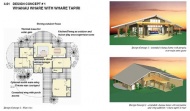Events In History
-
 30 September 1972New Christchurch Town Hall opens
30 September 1972New Christchurch Town Hall opensDesigned by prominent Christchurch architects Warren and Mahoney, the Brutalist (blocky, using lots of concrete) structure was officially opened by Governor-General Sir Denis Blundell. Read more...
-
 9 June 1909Public Trust Office building opens
9 June 1909Public Trust Office building opensPrime Minister Sir Joseph Ward opened the Public Trust Office Building in Lambton Quay, Wellington. The occasion was marked by a lunchtime banquet and a concert and dance that evening Read more...
Articles
State housing

New Zealand's first state house was formally opened on 18 September 1937. But the government has provided rental housing for New Zealanders for more than a century. Explore the history of this country's various state housing schemes and their contribution to the New Zealand way of life.
-
Page 7 – State house style
The design of state houses has been fodder for armchair and professional critics since the beginning. Detractors slagged the first workers' dwellings for being 'too swell' and
Parliament Buildings
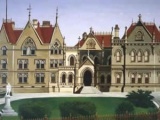
Parliament buildings have been modified, destroyed by fire, half-built and restored; the parliamentary places and spaces have formed an important part of New Zealand's history.
-
Page 2 – First Parliament buildings
Auckland was a bustling place in 1854 when Parliament met there for the first time. The buildings were located in paddocks on what was then the edge of town, Constitution Hill
-
Page 3 – The halfway house
In 1911, a competition was held for designs for a new building to house Parliament. From the 33 proposals, John Campbell's was selected and building began, although it did not
-
Page 4 – Current buildings
Parliament Buildings are made up of the Edwardian neo-classical Parliament House and the Beehive – its name inspired by a brand of matches.
-
Page 5 – Doing up the House
In 1992 the biggest heritage building conservation project in New Zealand was undertaken with the strengthening and refurbishing of Parliament House and the Parliamentary
-
Page 7 – Library
For people passing Parliament's grounds, the library building is a picture postcard, but it is also an important research institution that has thousands of books, newspapers
-
Page 9 – Further information
Find out more about the history of Parliament Buildings.
100 New Zealand Places
Life in the 20th century

Exploration of everyday life in New Zealand from 1900 to the mid-1980s
- Page 5 - A home of one's ownNew Zealanders have called many structures home. Some have been solid and permanent: kauri villas set in lawns and gardens, row houses on cramped Dunedin sections, sprawling state
Wellington cafe culture
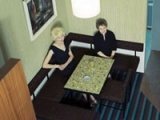
Café culture has become integral to Wellington's identity. This culture began in the 1930s with the emergence of the milk bar, followed by coffee houses in the 1950s. After a period of decline in the 1960s and 70s, the city's café scene has grown in spectacular fashion over the last 20 years.
- Page 4 - Design and technology New construction materials and equipment fashioned the cafe culture rising in the 1950s. Wellingtonians were introduced to the espresso machines as European styled cafes emerged.
Railway stations
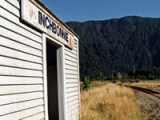
Before most people had cars or telephones, let alone television and the Internet, the railway provided many communities with their main connection to the outside world.
- Page 3 - Station styleRailway stations came in all shapes and sizes, ranging from imposing big-city monuments to elegant wooden provincial structures and tiny rural shelter
Container shipping

Forty-five years ago, on 19 June 1971, the first all-container ship to visit New Zealand arrived in Wellington. Columbus New Zealand was part of a worldwide revolution in shipping. These simple steel boxes would change our transport industry, our ports and how we work and shop.
- Page 6 - Afterlife of shipping containersMost containers pass into the hands of a new industry that has arisen to modify them for other uses, or sell or lease them. The term ‘container architecture’ was coined to
Biographies
-
 Donner, Tibor Karoly
Donner, Tibor Karoly
Architect whose work included Auckland's Savage Memorial, Avondale Military Hospital (later converted into the high school), Khyber pump station, Parnell Baths and the Auckland City Council's Administration Buildings
Read more... -
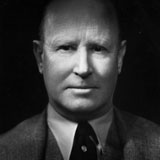 Wood, Cecil Walter
Wood, Cecil Walter
A leading architect between the world wars, Cecil Wood designed the Wellington Cathedral of St Paul.
Read more... -
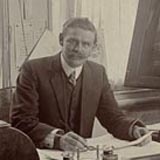 Anscombe, Edmund
Anscombe, Edmund
A prolific and prominent architect, Edmund Anscombe was selected to design New Zealand's Centennial Exhibition complex in 1939-40.
Read more... -
 Plischke, Ernst Anton
Plischke, Ernst Anton
An Austrian émigré who sought refuge from the Nazi domination, Ernst Plischke’s modernist designs made an important contribution to post-war New Zealand architecture.
Read more... -
 Chapman-Taylor, James Walter
Chapman-Taylor, James Walter
James Walter Chapman-Taylor was an architect devoted to designing houses based on the principles of the English Arts and Crafts movement. He was also a professional photographer, and had a penchant for interpreting horoscopes.
Read more... -
 Pascoe, Arnold Paul
Pascoe, Arnold Paul
Paul Pascoe is considered a pioneer of modernist architecture due to the large scale of buildings he designed in the style for his home town of Christchurch and further afield.
Read more...
Related keywords
- cecil wood
- edmund anscombe
- centennial exhibition
- refugees
- ernst plischke
- public service
- WW1 home front
- wellington city
- james chapman-taylor
- children
- child welfare
- christchurch
- paul pascoe
- parliament buildings
- postal service
- auckland city
- queen elizabeth
- dunedin
- historic places
- housing
- container shipping
- government
- church
- governor
- governor-general
- auckland university
- banking
- parliament
- libraries
- thomas turnbull
- bellamys
- william massey
- beehive
- Maori MPs
- westminster
- british empire
- railway stations
- george troup
- tibor donner
- leisure
- food
- cafes
- drink
- public works
- maori housing
- painting
- MPs
- victoria university
- kerikeri
- floods
- state housing
- flats
- film
- naenae
- town planning
- trentham
- milk bars
- petone
- lower hutt
- assisted immigration
- london
- titirangi
- porirua
- oamaru
- poverty
- napier
- earthquakes
- statistics
- keith holyoake
- railways
- ngaio
- timaru
- otara
-
Main image: Cecil Wood
A leading architect between the world wars, Cecil Wood designed the Wellington Cathedral of St Paul.

